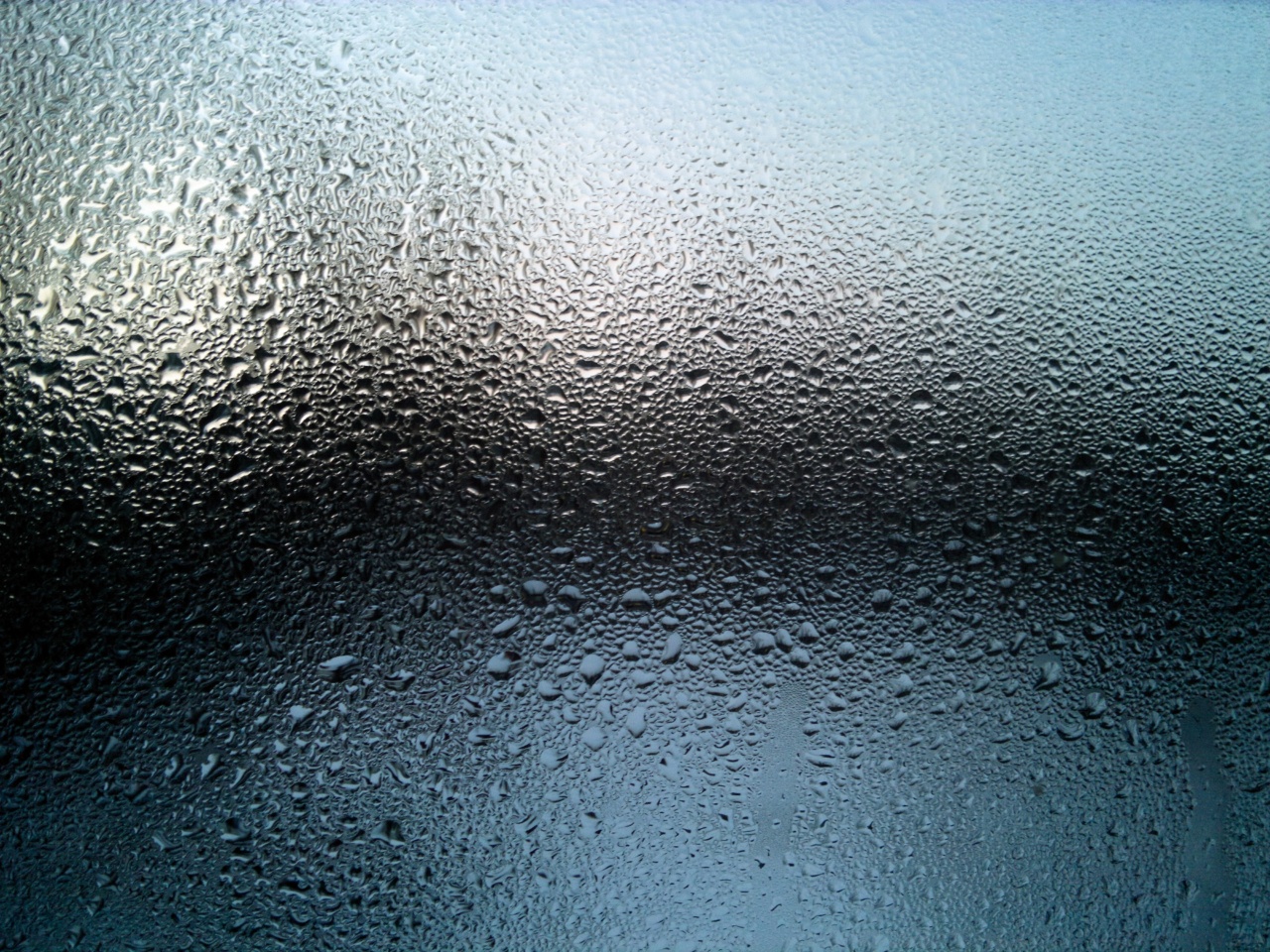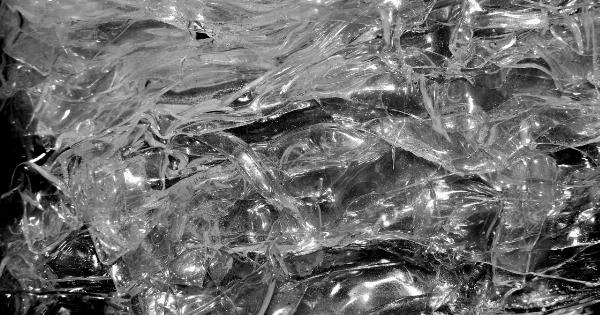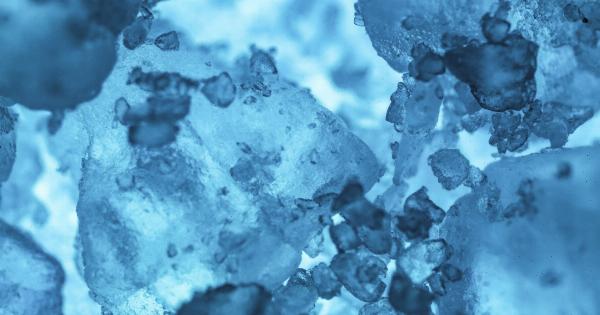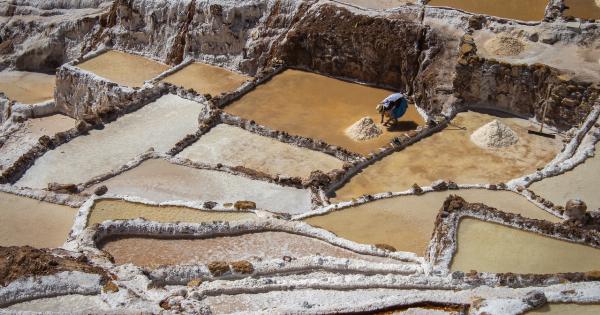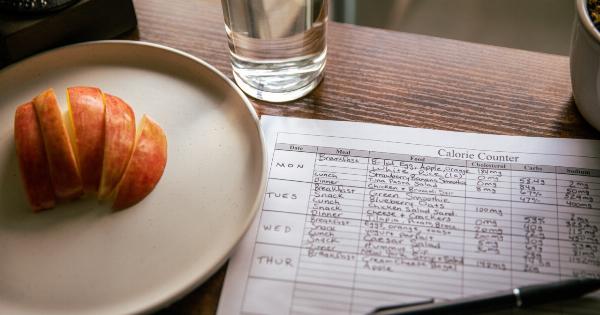Liquid retention is a common problem among many people. It can cause a lot of discomforts, including swollen feet, bloating, and a general feeling of heaviness.
This condition is often caused by a variety of factors, including hormonal imbalance, pregnancy, heart or kidney problems, and certain medications. If you are experiencing liquid retention, there are several easy tips that can help you manage the condition and improve your overall health.
1. Reduce Your Salt Intake
Salt is one of the main culprits for liquid retention. When you consume too much salt, your body retains water to dilute it and maintain the balance of fluids in your body.
Try to limit your salt intake by avoiding processed foods and snacks, and opt for healthier, low-sodium alternatives.

2. Drink More Water
It may seem counterintuitive, but drinking more water can actually help reduce liquid retention. When you are dehydrated, your body retains water to avoid losing any more fluids.
By drinking more water, you can flush out excess water and toxins from your body, reducing swelling and bloating.

3. Eat More Potassium-rich Foods
Consuming foods that are high in potassium can help regulate the balance of fluids in your body. Eating bananas, avocados, sweet potatoes, and leafy greens can help reduce the effects of liquid retention.
Additionally, consuming these foods can improve your overall health and provide essential nutrients for your body.

4. Exercise Regularly
Regular exercise can help improve blood circulation, which can reduce the effects of liquid retention. Additionally, exercise can help you maintain a healthy weight and reduce the risk of other health problems.
Try to incorporate 30-60 minutes of exercise into your daily routine, such as walking, jogging, or swimming.

5. Elevate Your Legs
Elevating your legs can help improve blood circulation and reduce swelling in the lower limbs. Try to elevate your legs for 20-30 minutes a day, preferably above heart level, by using pillows or a footstool.
This simple tip can help reduce the discomfort caused by liquid retention.

6. Massage Affected Areas
Massaging the affected areas, such as the legs or feet, can help improve blood circulation and reduce the effects of liquid retention.
You can use gentle, circular motions to massage the area, or use a massage tool to improve the effectiveness of the massage. Regular massages can help reduce the discomfort caused by liquid retention.
